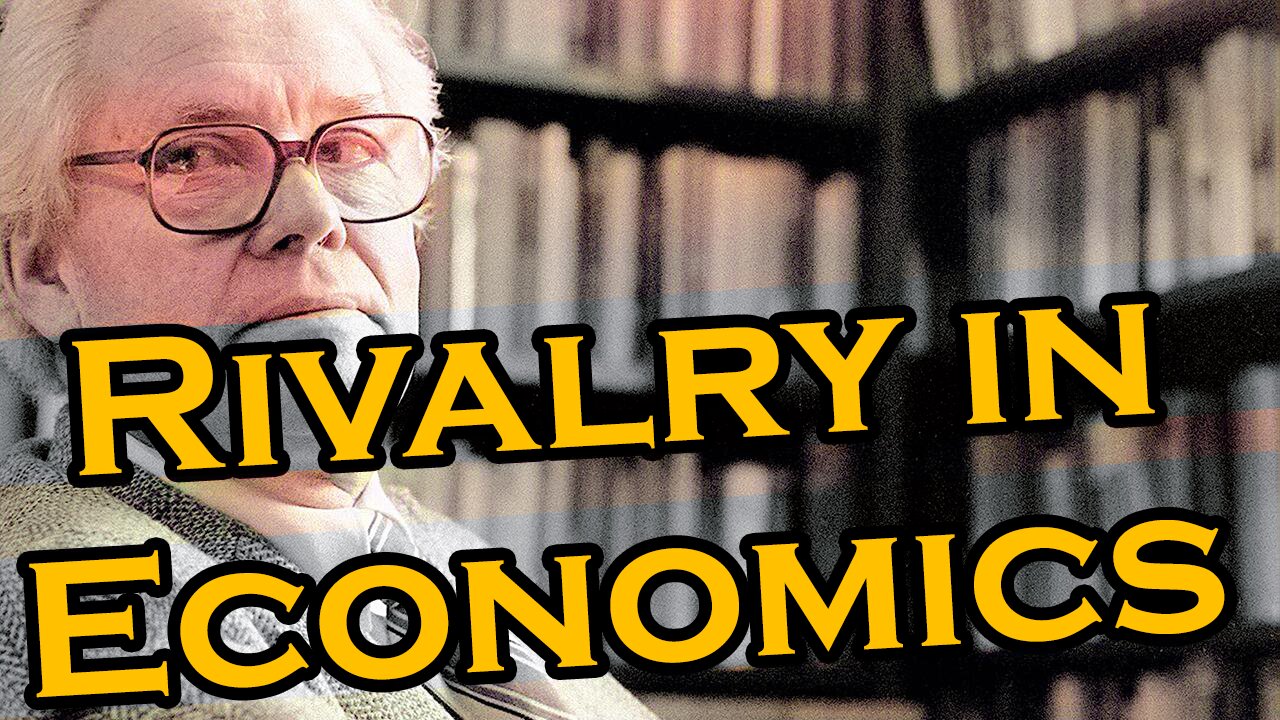Premium Only Content

What is Rivalry in Economics? Explanation
From Wikipedia: https://en.wikipedia.org/wiki/Rivalry_(economics)
In economics, a good is said to be rivalrous or a rival if its consumption by one consumer prevents simultaneous consumption by other consumers, or if consumption by one party reduces the ability of another party to consume it. A good is considered non-rivalrous or non-rival if, for any level of production, the cost of providing it to a marginal (additional) individual is zero. A good is "anti-rivalrous" and "inclusive" if each person benefits more when other people consume it.
A good can be placed along a continuum from rivalrous through non-rivalrous to anti-rivalrous. The distinction between rivalrous and non-rivalrous is sometimes referred to as jointness of supply or subtractable or non-subtractable. Economist Paul Samuelson made the distinction between private and public goods in 1954 by introducing the concept of nonrival consumption. Economist Richard Musgrave followed on and added rivalry and excludability as criteria for defining consumption goods in 1959 and 1969.
-
 1:11
1:11
1SolProtocol
3 years agoWhat is 1Sol? Simple Explanation.
39 -
 12:41
12:41
Dr. Nick Zyrowski
1 day agoBenefits of One Meal A Day (OMAD) Intermitted Fasting
22.1K22 -
 2:41:07
2:41:07
TimcastIRL
9 hours agoIndia Launches AIR STRIKES On Pakistan, Nuclear War Feared, Trump Calls For QUICK END | Timcast IRL
322K74 -
 3:24:05
3:24:05
Akademiks
7 hours agoDay 2/30. Diddy TRIAL Day 2! Rihanna Pregnant. Ye Walks out of Interview? Drake SOLO ALBUM OTW
50.2K2 -
 2:24:20
2:24:20
Laura Loomer
8 hours agoEP120: Have The Epstein Files Been Destroyed?
62.1K32 -
 3:14:08
3:14:08
Barry Cunningham
11 hours agoPRESIDENT TRUMP REMARKS AT FIFA MEETING IN WHITE HOUSE | MY INTERVIEW WITH TED NUGENT | MORE NEWS!
81.2K70 -
 19:43
19:43
Producer Michael
13 hours agoLOSING $35,000 ON SLOTS WITH VEGAS MATT
57.9K3 -
 1:28:54
1:28:54
Adam Does Movies
20 hours ago $4.57 earnedTalking Movie News + AMA - LIVE!
55K3 -
 2:34:47
2:34:47
SquallRush
20 hours agoDragon Ball Tuesday! + Reverse Nuzlocke with @DTDUBtv
79.5K3 -
 1:45:49
1:45:49
megimu32
9 hours agoON THE SUBJECT: Can I Get a Remix? Diddy, Gaga & Headlines That Sound Fake
63.9K8